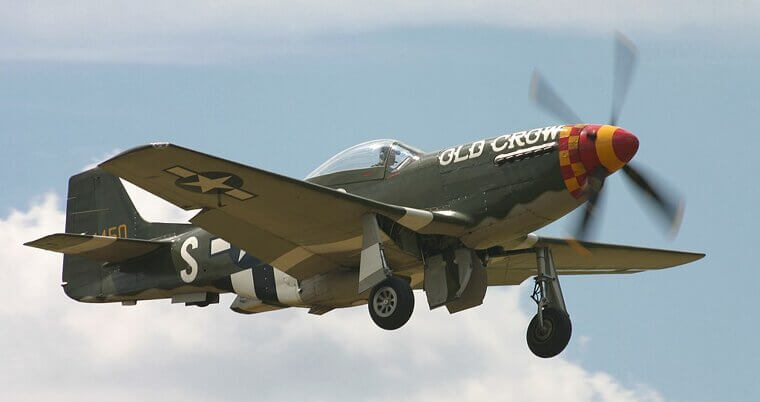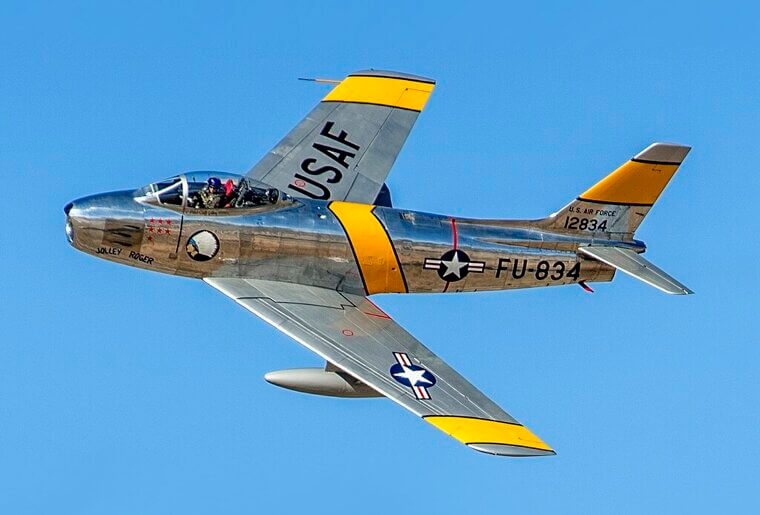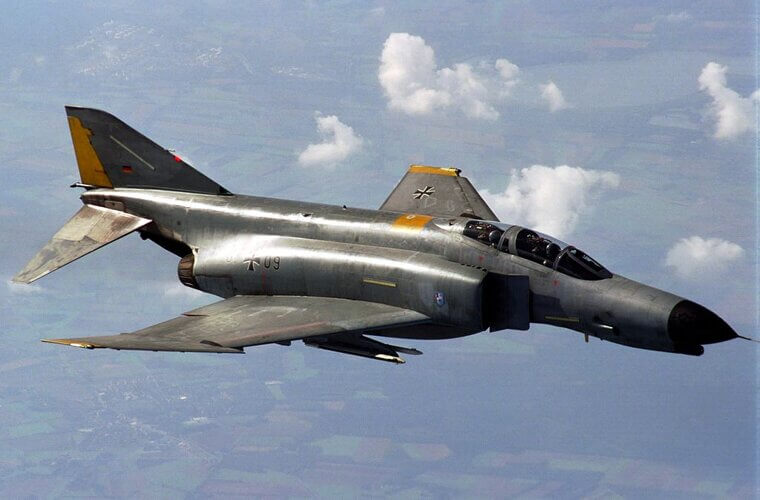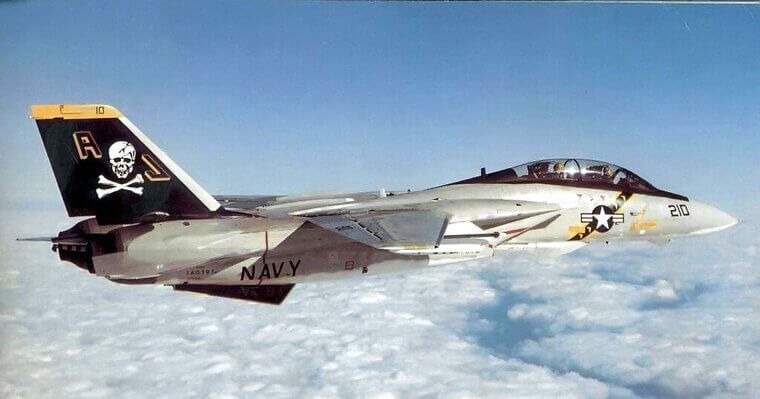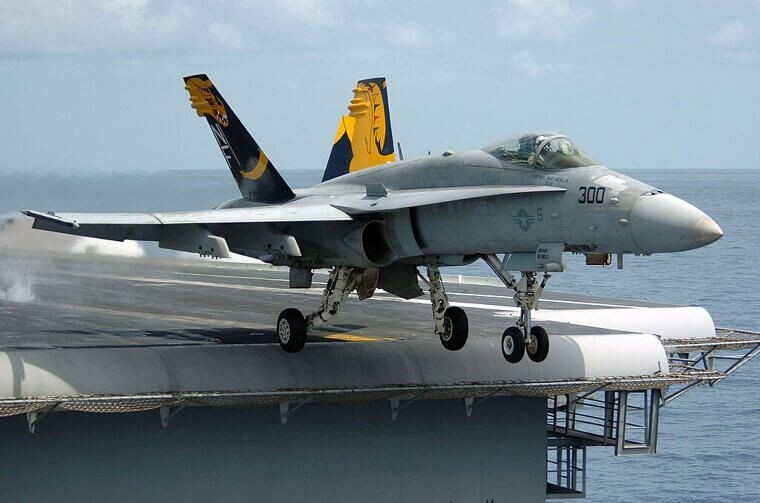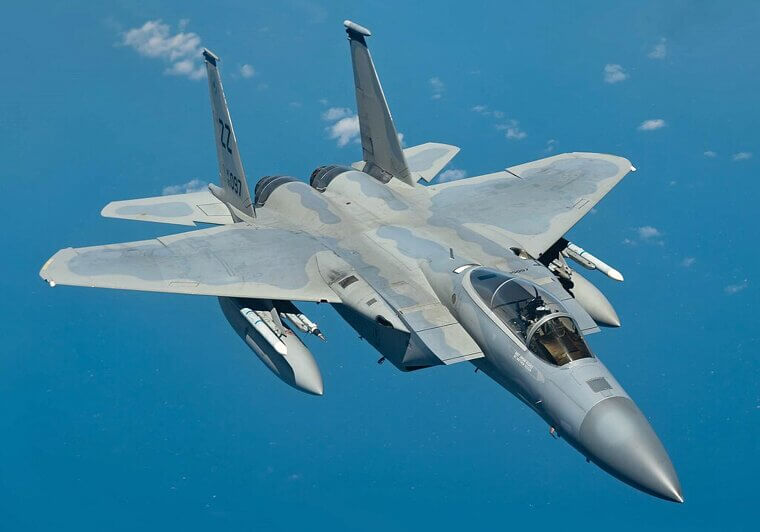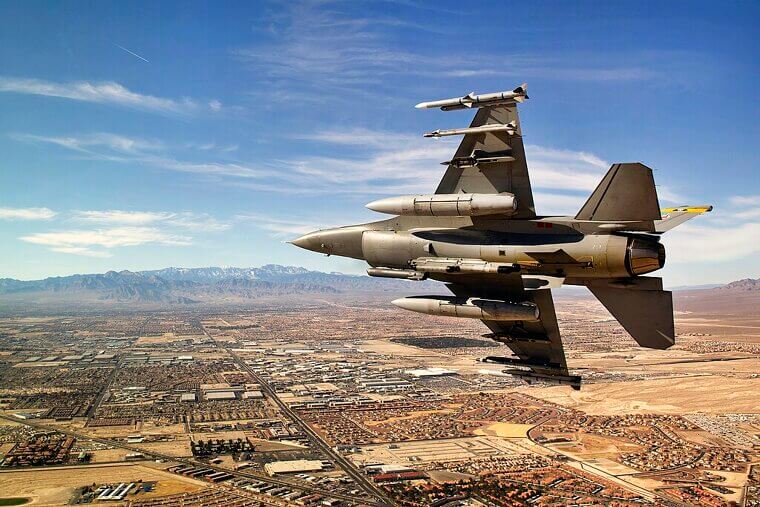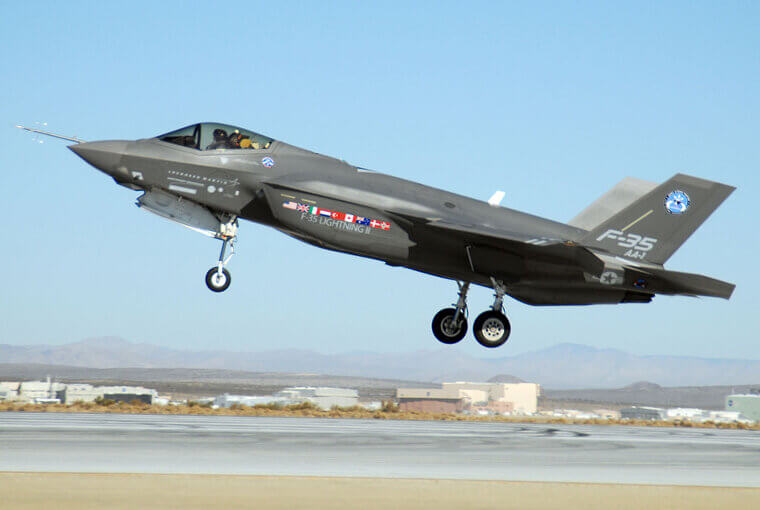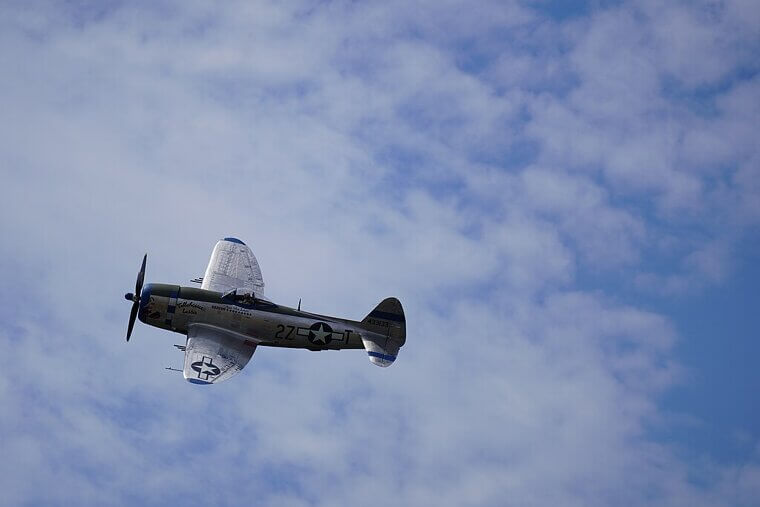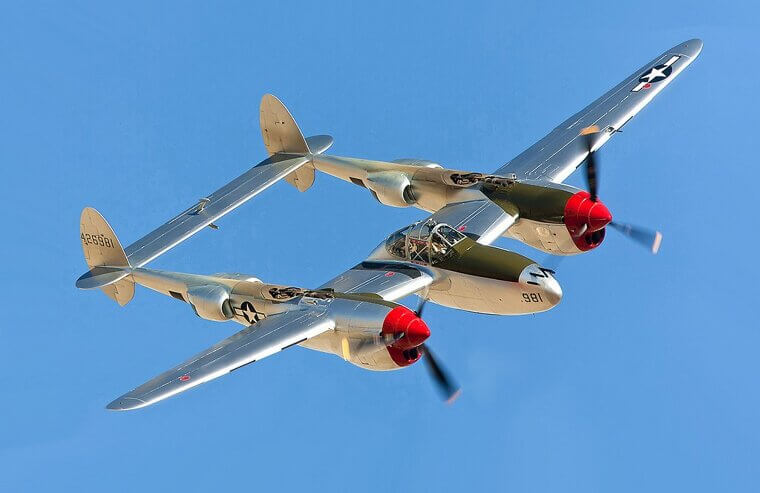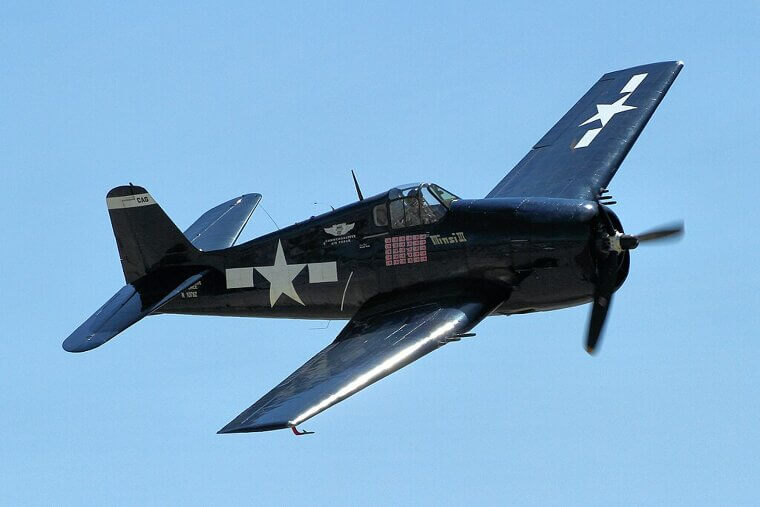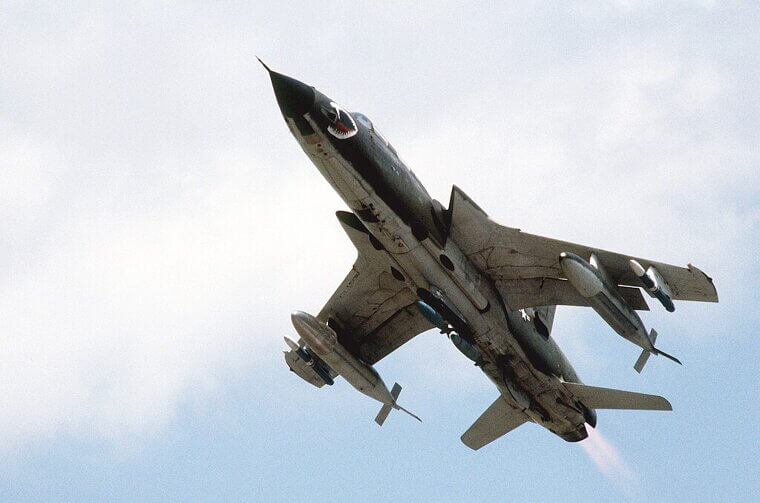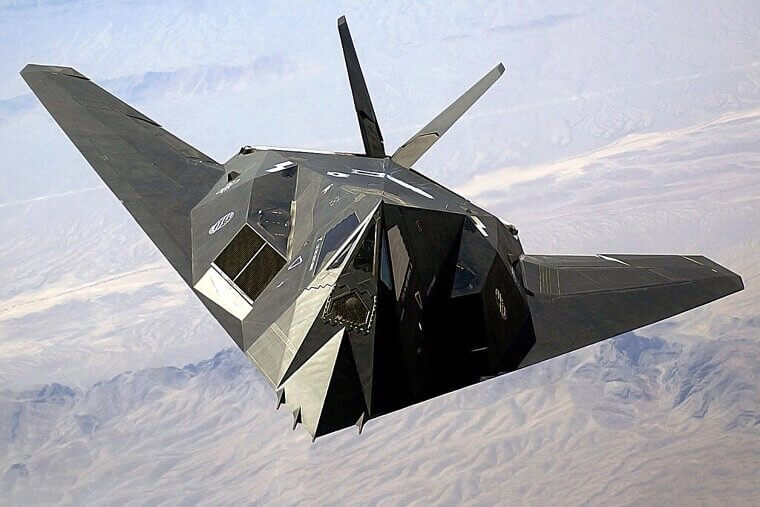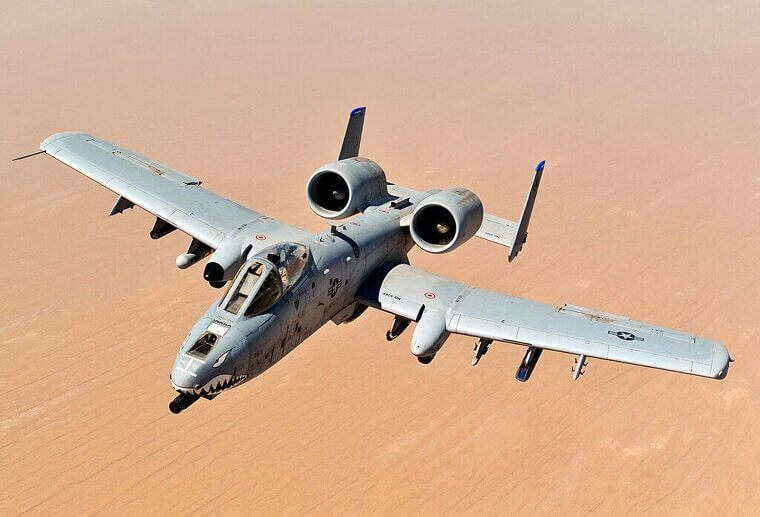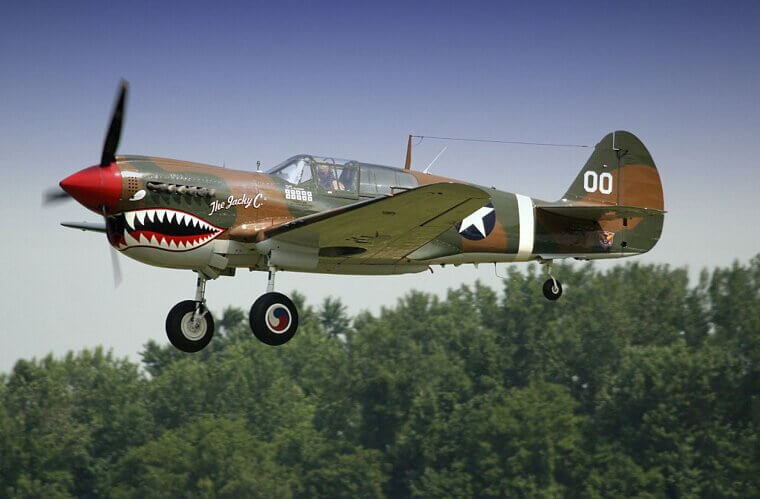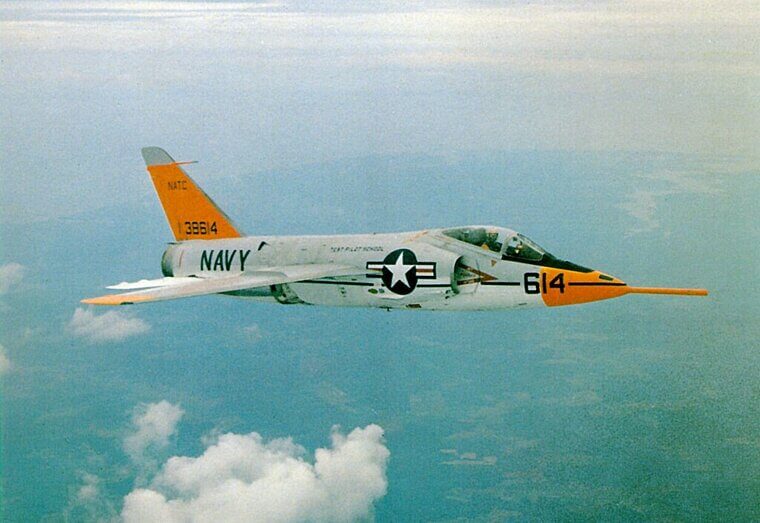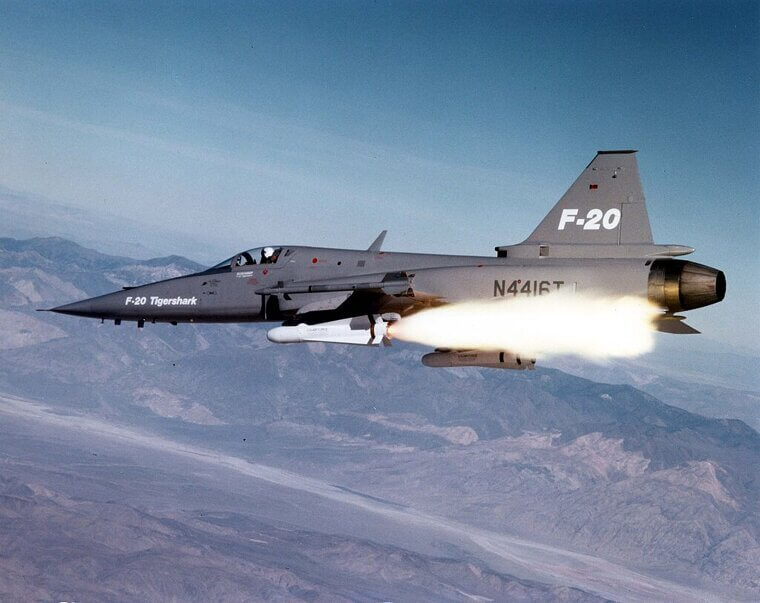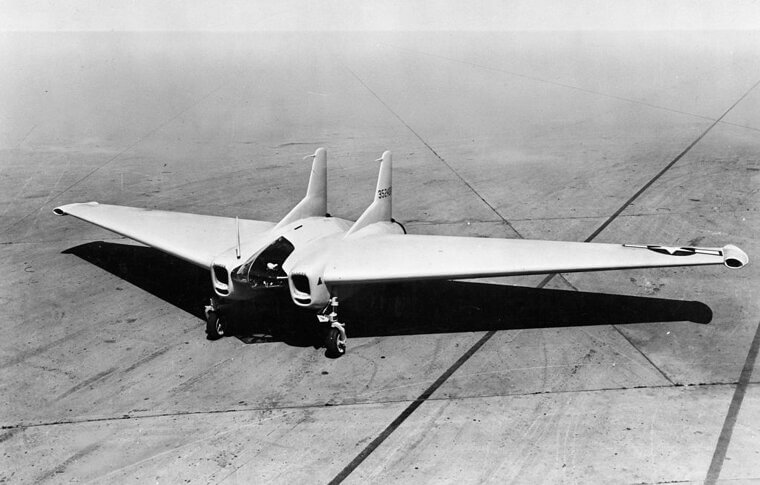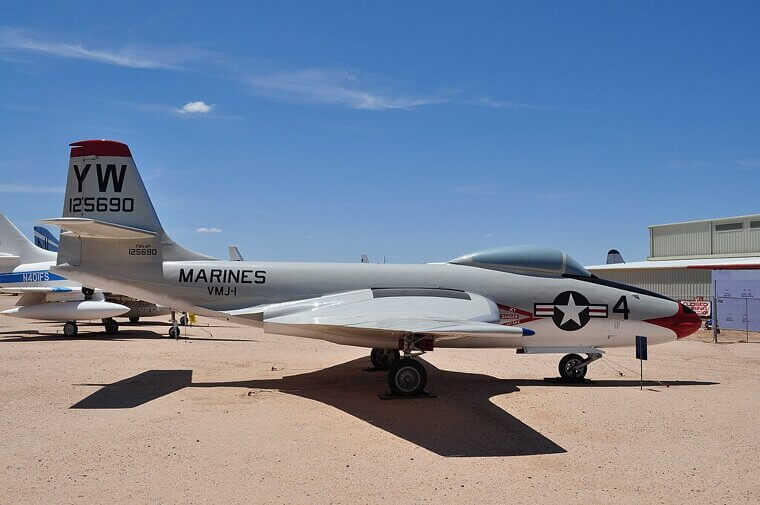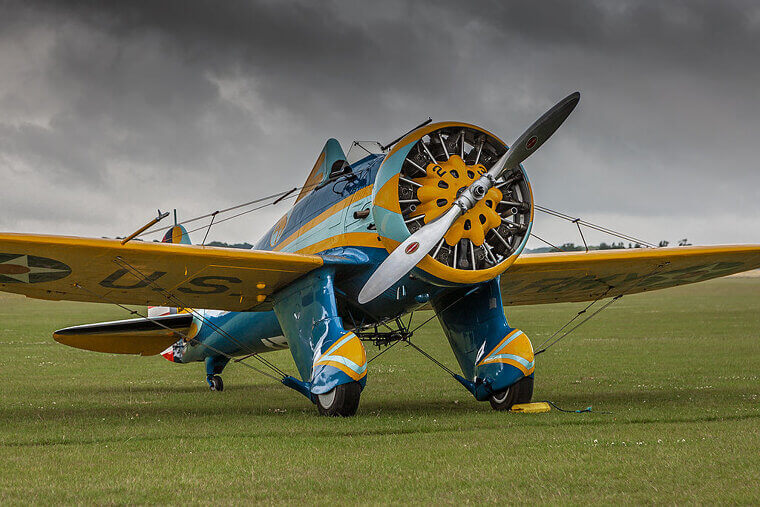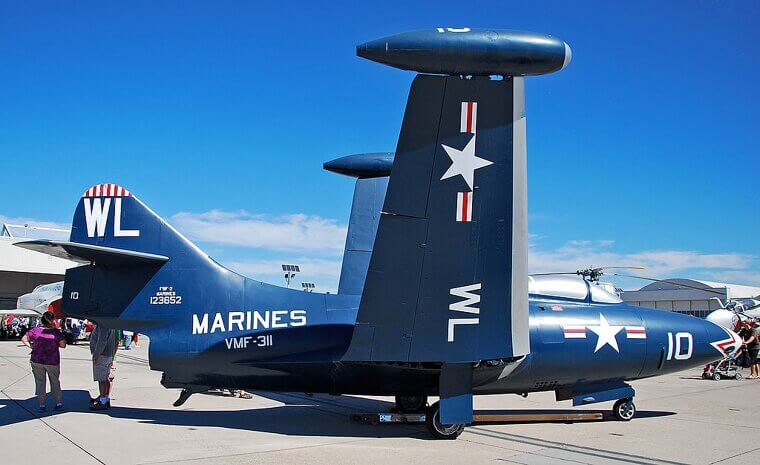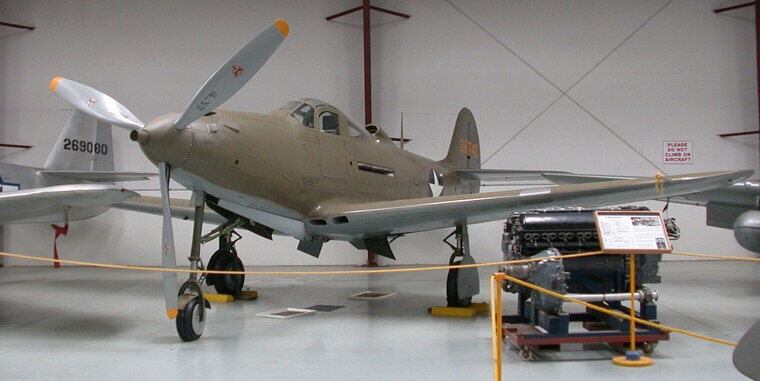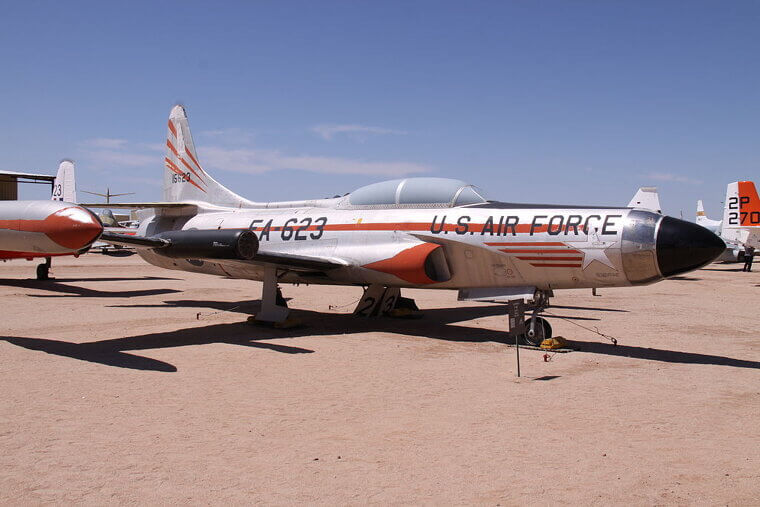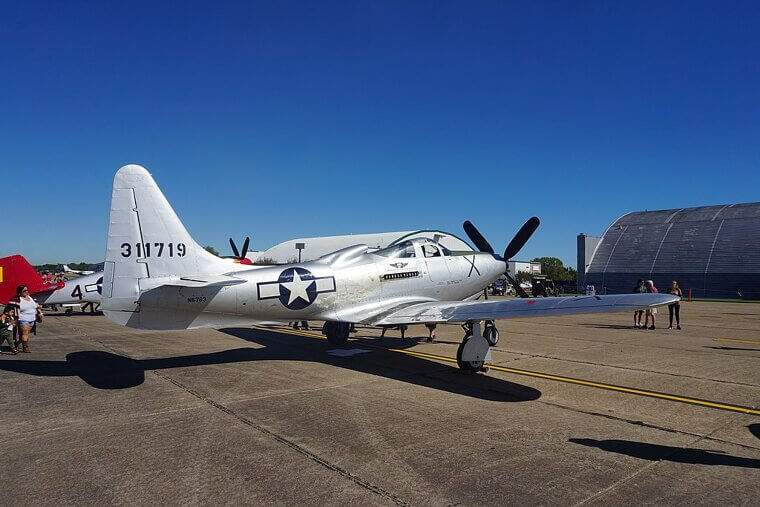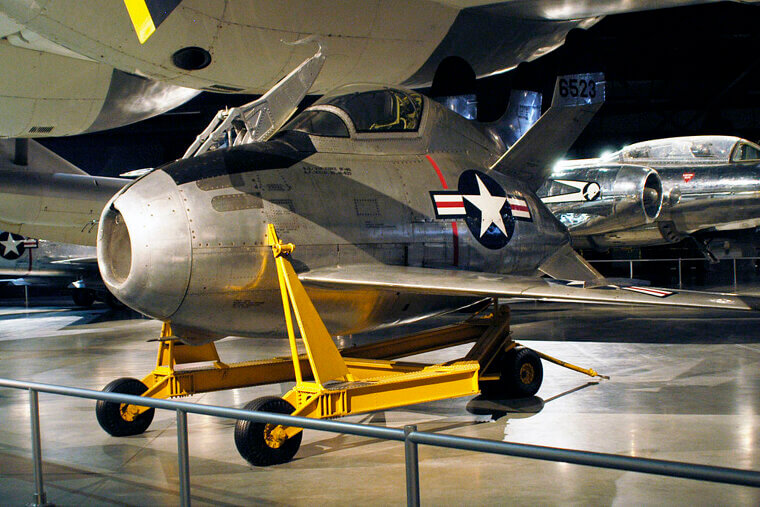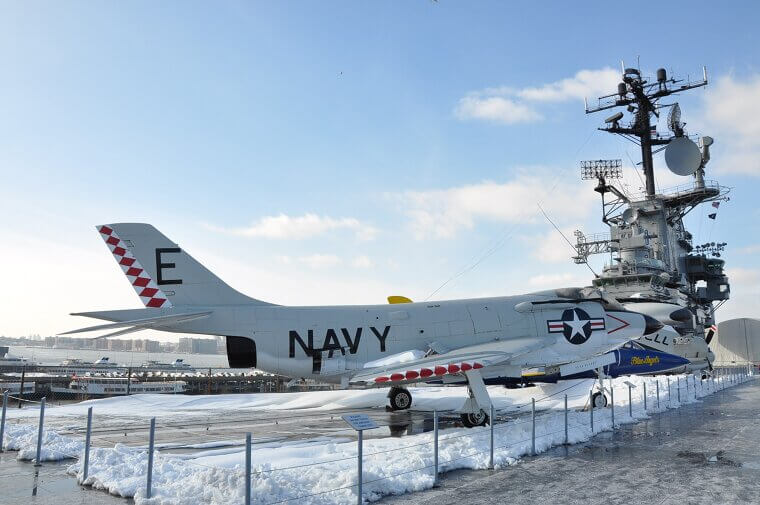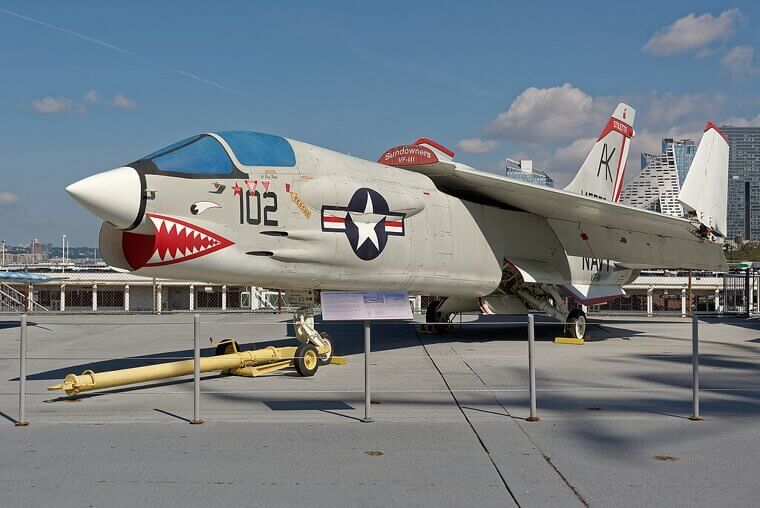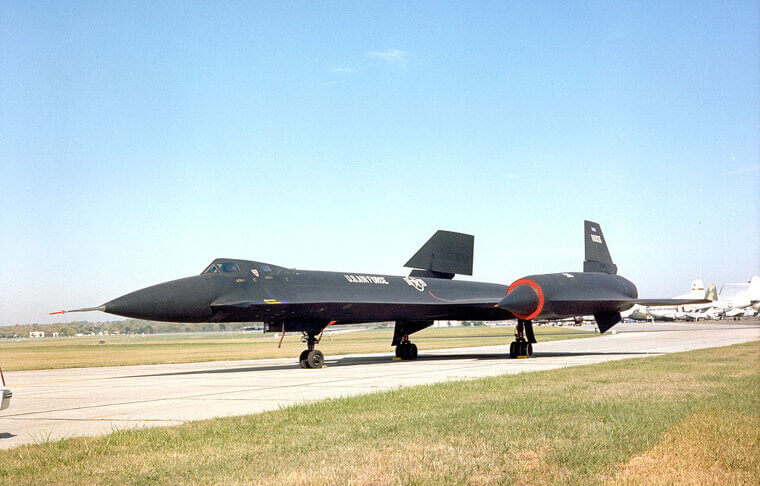These 30 Fighter Planes Show Why America Rules the Skies
American fighter planes have helped shape the skies and send a clear message to would-be adversaries: we rule the skies. Here are the most iconic, powerful, and battle-hardened birds that prove America doesn't just fly - it dominates.
P-51 Mustang
Nope, it’s not just the name of a car! The P-51 Mustang was a game-changer in WWII. With long range, blistering speed, and a reputation for protecting bombers deep into enemy territory, this fighter helped turn the tide over Europe and it still remains one of the most beloved fighter aircraft ever built among enthusiasts.
F-86 Sabre
America’s first swept-wing jet fighter, the F-86 is known for its tangles with MiG-15s in Korea, though it came out on top. It brought speed and maneuverability into the jet age, and became a benchmark for Cold War-era combat aircraft.
F-4 Phantom II
Used by multiple armed forces including the Navy, Marines, and Air Force, the F-4 was a versatile missile platform that served in Vietnam and beyond. Fast, powerful, and loud, it earned its stripes in multiple roles, and proved tough enough to fly for decades.
F-14 Tomcat
Made famous in pop culture circles by “Top Gun,” the Tomcat was a Navy legend. It had variable-sweep wings, twin engines, and long-range missile capability, so when the F-14 patrolled oceans its powerful radar and sleek profile made adversaries tremble.
F/A-18 Hornet
A true multi-role fighter, the Hornet has become a veteran in combat, serving the Navy and Marines with distinction. From carrier landings to close-air support and interception, the Hornet’s got flexibility. It’s tough, agile, and still has a sting in its tail in the modern era thanks to the upgraded Super Hornet.
F-15 Eagle
The F-15 defines air superiority with over 100 aerial victories and zero combat losses in U.S. service. Yep that’s correct - it’s an undefeated champion! It’s fast, powerful, and deadly in a dogfight; even decades after its debut, it remains a dominant force in the sky.
F-16 Fighting Falcon
Despite being named after a falcon, the F-16 is sometimes known as the “Viper” for its resemblance to the “Colonial Viper” from the 1970s “Battlestar Galactica” series. It’s lightweight, fast, and affordable - an ideal blend for mass deployment. Its fly-by-wire controls and agility have made it a favorite among pilots and a backbone of the U.S. Air Force for decades.
F-22 Raptor
Stealthy, lethal, and packed with cutting-edge tech, the F-22 is designed for first-strike dominance, swooping in before adversaries are even aware of its presence. It’s unmatched in maneuverability and sensors, making it the apex predator of modern air combat. Expensive? Oh, yes. But absolutely worth it.
F-35 Lightning II
The F-35 is a fifth-generation, multi-role fighter specializing in stealth with variants for the Air Force, Navy, and Marines. Its advanced sensors, low profile, and combat flexibility make it a central piece of modern American air power. It strikes like its namesake and leaves targets in shock and awe.
P-47 Thunderbolt
Nicknamed “The Jug” for how it would look if it stood on its nose, the moniker belies its ruggedness - this WWII brute was built like a flying tank; it could absorb incredible damage and still make it home. Armed with eight .50-caliber machine guns, it was a terror for enemy aircraft and ground targets alike.
P-38 Lightning
With its distinctive twin-boom design, the P-38 was both a long-range fighter and a ground-attack aircraft. Its versatile attack style played a crucial role in the Pacific Theater during WWII, and was used in the mission that killed Admiral Yamamoto. Fast, agile, and heavily armed, it was feared by enemies across the globe.
F6F Hellcat
This kitty had claws! Built to beat a Japanese fighter plane called the Mitsubishi A6M Zero, the Hellcat dominated the skies in the Pacific during WWII. Thanks to its rugged construction and powerful engine, it earned a stunning kill-to-loss ratio, and helped secure American naval superiority from island to island.
F-105 Thunderchief
Known as the “Thud,” the F-105 was a supersonic fighter-bomber used heavily in Vietnam. Despite not being designed for dogfighting, it delivered thousands of bombing runs deep into enemy territory, where its sheer size, speed, and payload gave it a fearsome reputation. All hail to the chief.
F-117 Nighthawk
The Nighthawk has the title of the world’s first operational stealth aircraft! It was built for surgical strikes in hostile airspace, where its radar-evading design and precision targeting excelled during some major conflicts (including Desert Storm). It looked like a UFO and changed the rules of engagement.
A-10 Thunderbolt II
Affectionately called the “Warthog,” this beast isn’t pretty, but it is brutally effective. Designed for close air support, it can fly low and slow while soaking up damage. Its GAU-8 Avenger cannon is infamous for the “BRRRRT” sound that signals doom for enemy armor.
P-40 Warhawk
Famous for the shark-tooth nose art of the Flying Tigers, the P-40 was rugged, reliable, and effective in the early years of WWII. While it wasn’t the fastest fighter, it was tough and dependable, especially in the hands of skilled pilots who made it sing in combat.
F-11 Tiger
The F-11’s an early Navy jet with sleek styling and supersonic capability best known for an odd claim to fame: it was the first jet to shoot itself down in a test firing accident! It was dangerous to everything, including itself. Despite that, it paved the way for future carrier-based fighters.
F-20 Tigershark
The F-20 was developed as a cost-effective export fighter and never saw active service, but it was widely praised for its speed, ease of maintenance, and agility. Even though it never made it past prototypes, it showcased the innovation and ambition of Cold War-era American engineering.
XP-79 Flying Ram
The Flying ram earned its name - it was a bizarre flying wing interceptor made of magnesium designed to smash enemy bombers mid-air, ramming opponents using its reinforced airframe as a weapon. It never entered service, but remains a wild footnote in fighter experimentation.
F-101 Voodoo
Part reconnaissance jet, part interceptor, the F-101 was a Cold War warrior that could break Mach 1 while carrying nuclear weapons. Though overshadowed by faster contemporaries, it served with distinction in multiple roles, and earned much love for its speed and power.
F2H Banshee
This fighter served during the Korean war as a carrier-based jet that bridged the gap between WWII prop planes and modern jets. The Banshee was dependable and heavily armed, making it a key player in early Cold War naval aviation - and one of the first U.S. jets to operate extensively from carriers.
P-26 Peashooter
The Peashooter may look outdated now, but in the 1930s it was the first all-metal monoplane used by the U.S. Army Air Corps. Fast, sleek, and futuristic for its time, it marked America’s leap into modern aviation, setting the stage for what followed.
F9F Panther
Grumman’s F9F Panther was one of the Navy’s first successful jet fighters and saw extensive use in the Korean War. With sturdy construction and straight wings, it was ideal for carrier landings and provided crucial ground support and air-to-air combat roles.
P-39 Airacobra
Not many fighter planes have their engines mounted behind the cockpit, but the P-39 had this unique claim to fame and was heavily used by Soviet forces under Lend-Lease. While it struggled at high altitude, its firepower (especially the nose-mounted cannon) made it lethal in low-level combat and tank busting.
F-94 Starfire
An early Cold War interceptor, the F-94 was America’s first jet equipped with an afterburner and radar-guided missiles. It was used to defend U.S. airspace against potential Soviet bombers, blending cutting-edge tech with all-weather combat readiness.
P-63 Kingcobra
The Kingcobra improved upon its P-39 predecessor’s handling and firepower with added bite! It wasn’t used widely by U.S. forces, but it was sent in large numbers to allies where it offered impressive performance for its era - even if other WWII fighters overshadowed it.
XF-85 Goblin
This “parasite fighter” was designed to be carried inside a bomber and dropped into combat. While it never made it past test flights, its compact size and ambitious concept make it one of the most unusual fighters America ever attempted to build.
F3H Demon
Predecessor to the F-4 Phantom, the Demon brought radar-guided missiles to the Navy’s fleet. It was underpowered and plagued by early engine problems, but even so it helped pave the way for America’s next generation of carrier-based fighters.
F-8 Crusader
The F-8’s known as “The Last of the Gunfighters” because it relied on a powerful cannon at a time when missiles were becoming the norm. It saw heavy use in Vietnam; its speed and agility earned it a respected kill ratio among pilots.
YF-12
It was never fully deployed, but the YF-12 was a prototype interceptor developed from the same airframe as the SR-71 Blackbird to intercept high-altitude bombers. I was still an impressive piece of engineering though - it demonstrated incredible speed, and laid groundwork for future high-speed reconnaissance aircraft.


